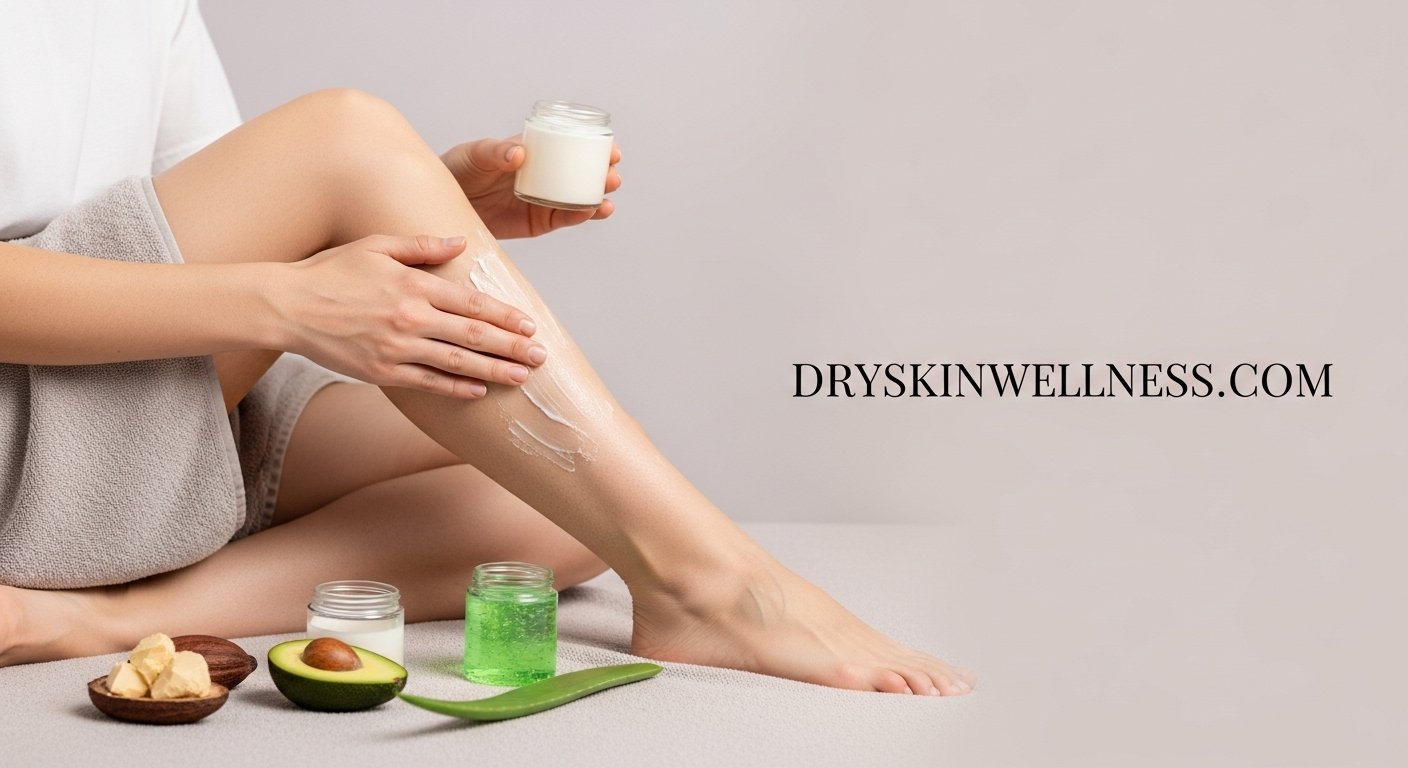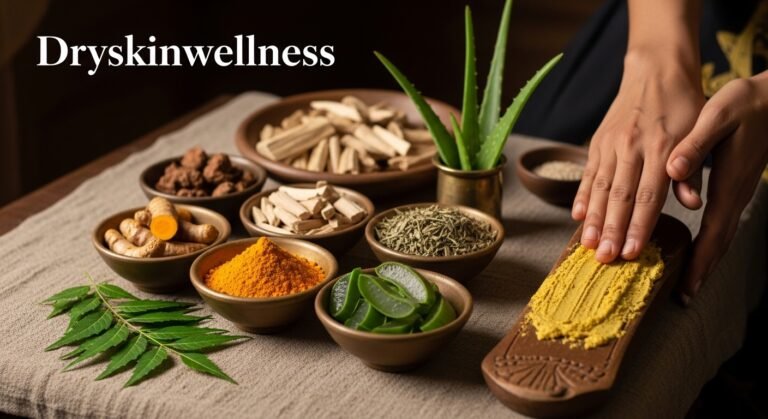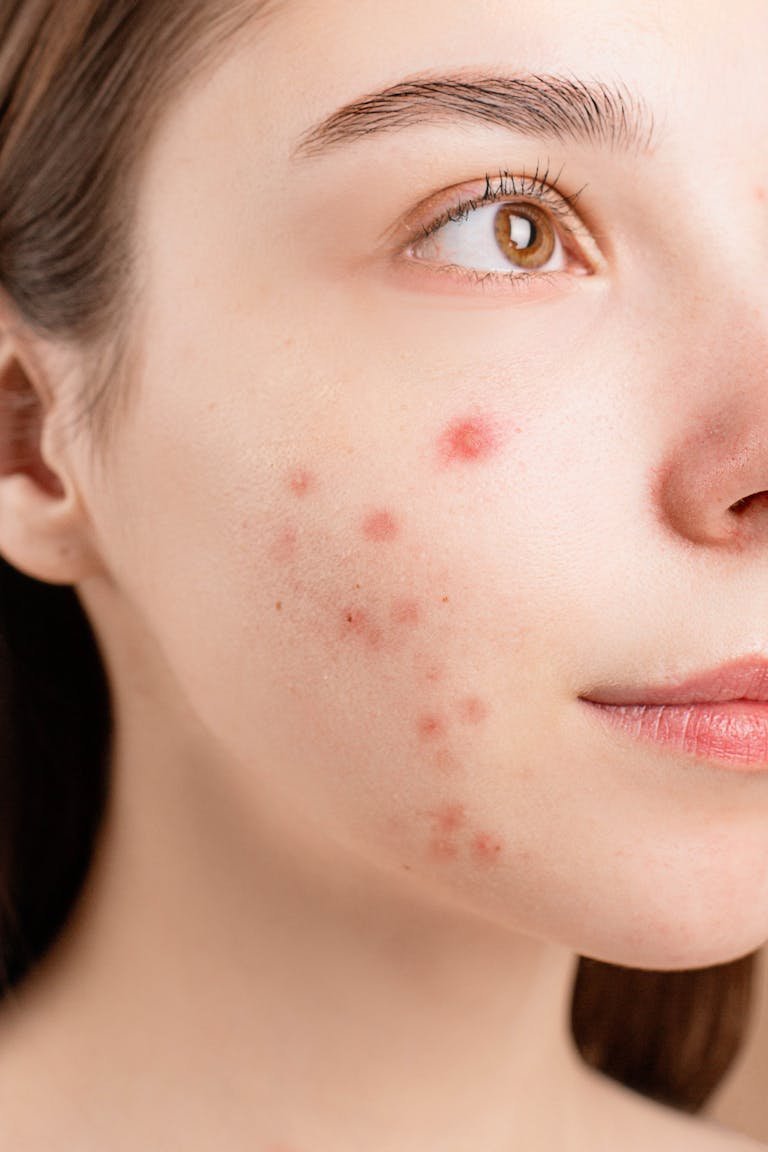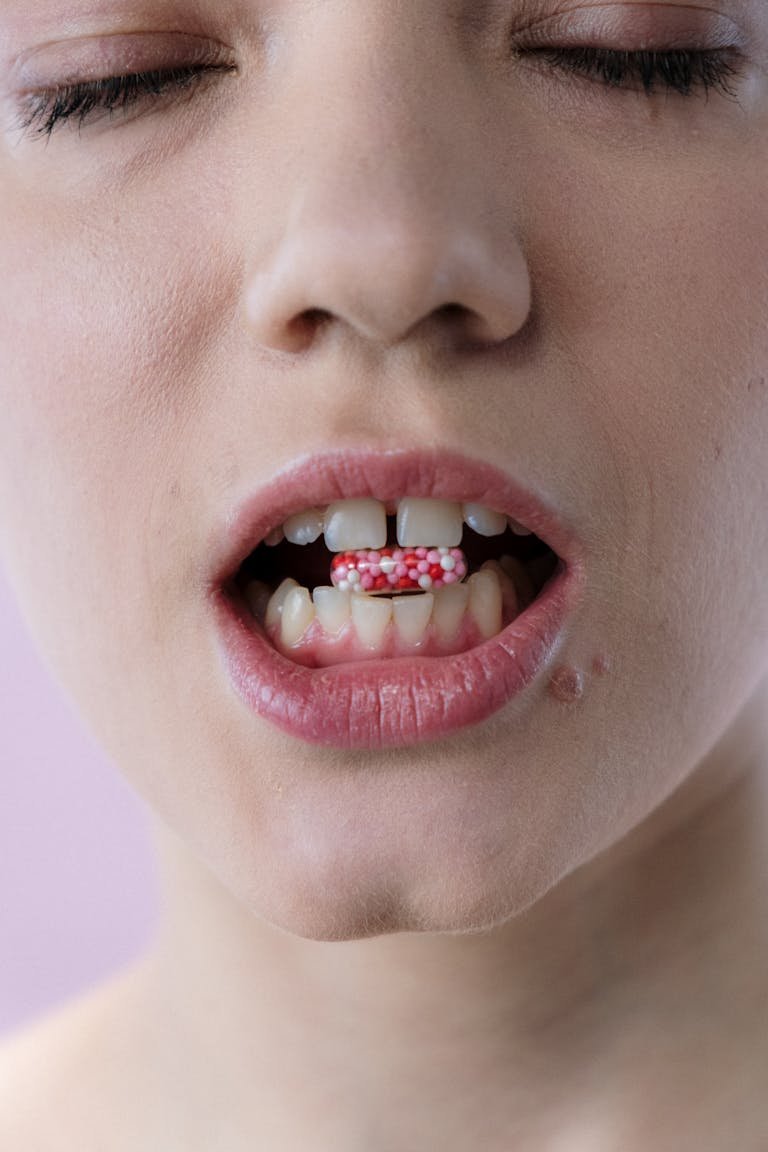Understanding And Addressing Dry Skin On Your Knees
Dry, itchy, and sometimes unsightly – dry skin can be an uncomfortable and worrisome issue, especially when it affects areas as crucial to our daily activities as our knees.
Our skin is the largest organ of our body, and taking good care of it, including addressing dry skin on the knees, is more than a cosmetic concern – it’s a healthful necessity. In this comprehensive guide to dry skin on knees, we’ll walk through the causes, effects, and strategies for preventing and treating dry skin on this often-overlooked part of our body.
Causes of Dry Skin on the Knees
Understanding why your knees may be prone to dryness is the first step in combating the issue. There are a variety of factors that can contribute to this condition, with the most common being environmental, lifestyle-related, and biological aspects.
Environmental Factors
The weather can play a significant role in the moisture levels of your skin. Dry and cold weather can lead to loss of skin hydration, as can the use of indoor heating, which can exacerbate the dryness and stiffness in the air. Similarly, air conditioning and artificial heating can also contribute to a lack of moisture in the air, affecting the skin on your knees.
Lifestyle Habits
Showering habits and the frequency of exposure to potentially abrasive activities can also lead to dry skin. Excessive hot water during showers can strip the skin of its natural oils, worsening dryness. Those who engage in activities that involve frequent kneeling or friction against surfaces might notice their skin becoming drier, too.
Biological Factors
Genetics can predispose some individuals to dry skin conditions, while aging can lead to decreased oil production and subsequent moisture loss. Those experiencing hormonal changes, such as during pregnancy or menopause, may also be more susceptible to skin dryness.
Effects of Dry Skin on the Knees
The effects of dry skin on your knees extend beyond mere discomfort. Persistent dryness can lead to skin cracking, which not only causes pain and itching but also creates an entry point for potential infections. Over time, the appearance and texture of the skin may change, taking on a rougher and even darker feel.
Prevention Tips for Dry Skin on the Knees
An ounce of prevention is worth a pound of cure, and that certainly holds true for managing knee dryness. Here are ways to prevent it from becoming problematic.
Moisturizing Routines
Develop a consistent moisturizing routine using products with heavy-duty emollients, especially after bathing. Look for ingredients like shea butter, glycerin, or hyaluronic acid, which helps to lock in moisture.
Protective Measures
If you participate in activities that may lead to knee abrasions, consider wearing protective gear, like knee pads. These not only shield your skin from injury but also reduce the friction that leads to dryness.
Showering Habits
Adjust your bathing habits by using lukewarm water instead of hot, and consider reducing your showering time to prevent oils from being stripped from your skin. Use a mild, moisturizing cleanser and pat your skin dry gently, rather than vigorously rubbing with a towel.
Treatment Options for Dry Skin on the Knees
If you’re already grappling with dryness, there are several treatment routes you can take to address the issue effectively.
Moisturizers
Explore over-the-counter moisturizers and creams that are designed to help repair the skin’s protective barrier. For severe cases, your dermatologist may prescribe a more potent moisturizer or a topical corticosteroid to alleviate symptoms.
Natural Remedies
Certain natural oils, like coconut oil or olive oil, can provide your skin with essential fatty acids, which can help retain moisture. Aloe vera and oatmeal baths are also popular household remedies for soothing and moisturizing dry skin.
Medical Intervention
In extreme cases, where home remedies and over-the-counter treatments are not effective, your healthcare provider may recommend more intensive treatments, such as phototherapy or oral medications.
Lifestyle Changes to Support Healthy Skin
Incorporating certain lifestyle changes can significantly contribute to maintaining supple and healthy skin on your knees and throughout your body.
Diet and Hydration
Your skin’s hydration is closely linked to your internal hydration. Drinking plenty of water and consuming foods rich in essential fatty acids, like salmon and avocados, can support your skin’s overall health.
Exfoliation
Gentle exfoliation can help remove dry, flaky skin and allow moisturizers and treatments to penetrate better. Use a mild exfoliant specifically formulated for the body and avoid harsh scrubs that can irritate the skin further.
Sun Protection
Even your knees need protection from the sun’s harmful rays. Make sure to apply a broad-spectrum sunscreen with an appropriate SPF, especially if you are going to be out and about in shorts or skirts.
FAQ
Q: Can dry skin on the knees be a sign of an underlying health issue?
A: In some cases, chronic dryness on the knees can be a symptom of an underlying condition such as eczema or psoriasis. If you are concerned about the severity of your dry skin, it is always best to consult with a healthcare professional.
Q: Can I Use My Regular Lotion On My Knees?
A: It is best to use a moisturizer specifically designed for the body or one that contains heavy-duty emollients. These are typically thicker and more effective at locking in moisture, which is essential for treating dry skin on the knees. However, if your regular lotion works well for you and contains hydrating ingredients, it may also be suitable for use on your knees. It’s important to find what works best for your skin. Remember to always patch test new products before applying them all over your body.
Q: How Often Should I Moisturize My Knees?
A: The frequency of moisturizing will depend on the severity of dryness and personal preference, but generally, it is recommended to moisturize at least twice a day, especially after bathing.
You may also need to apply more frequently if you engage in activities that cause your knees to become dry and rough. Listen to your body and adjust accordingly. Remember, consistency is key when it comes to managing dry skin on the knees.
Conclusion
dry skin on knees can be a nuisance, but with the right approach, it’s an issue that can be effectively managed. By understanding the causes, effects, and prevention strategies, you can keep your knees comfortable and looking their best. Remember that everyone’s skin is different and may require a tailored approach, but by prioritizing skin care and making appropriate adjustments, you can beat the White dry skin on knees. Take care of your skin, and it’ll take care of you as you go about your daily activities, from kneeling in the garden to rising from your yoga mat. Stay moisturized, stay protected,





